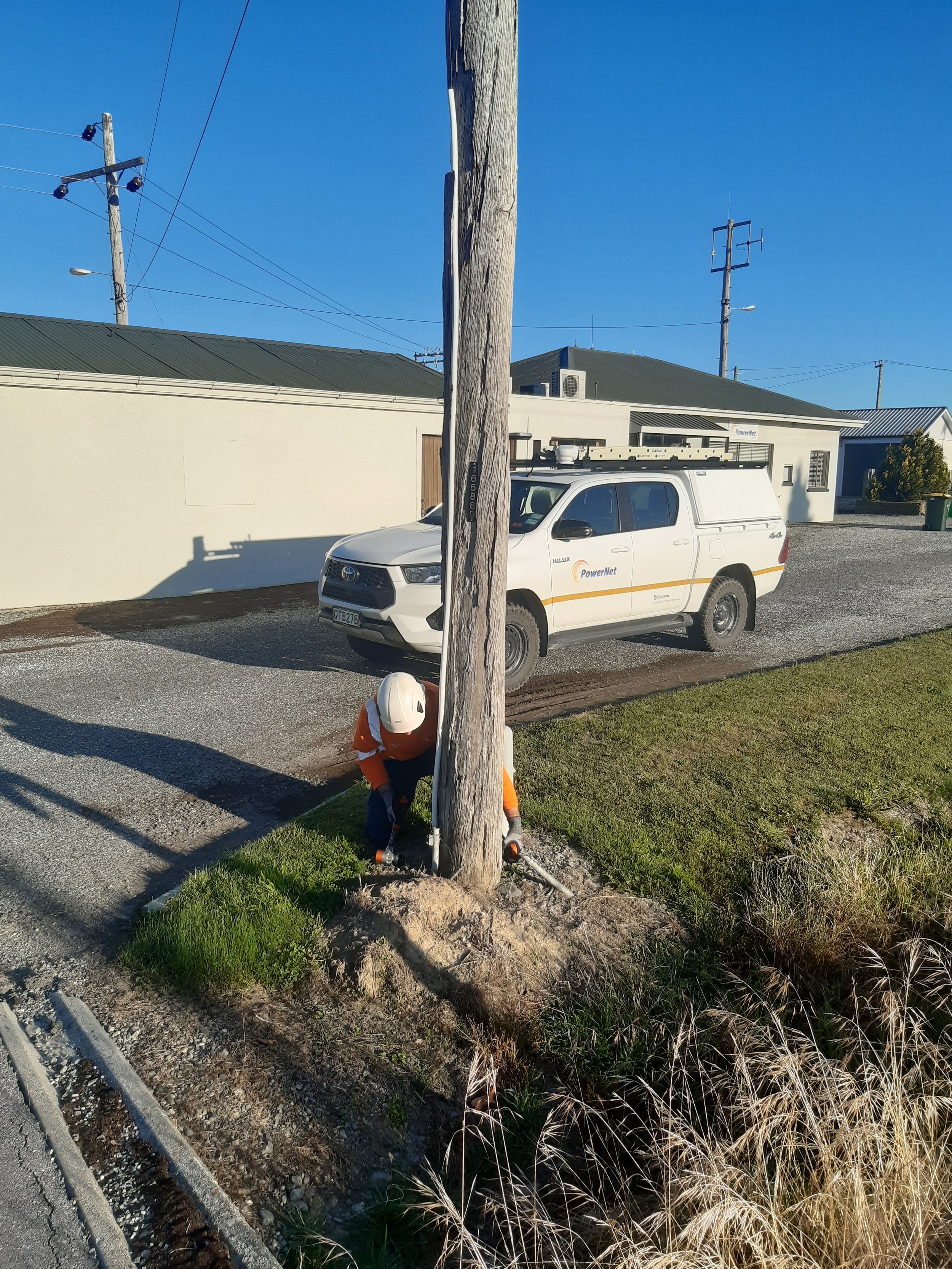Enhancing Asset Management
The Client: PowerNet
PowerNet Limited (PowerNet) is New Zealand’s fourth-largest electricity management company. They build, maintain and manage assets across New Zealand’s southern region. This means they have a predominantly rural customer base across a large geographic area covering some of New Zealand’s most iconic scenery – including Fiordland, Queenstown’s lakes and mountains, and Stewart Island’s native bush.
They have a team of seven asset inspectors who cover an extensive network of overhead lines and poles, including a significant number of timber poles (hardwood and softwood).
We spoke with Ange Eady, who started with PowerNet as an asset inspector in 2014. Ange is now an Overhead Asset Analyst within the company’s Asset Management Team. Her role includes overseeing the pole inspection programme, quality assurance, and setting and reviewing the inspection guidelines. Ange also provides insights for the maintenance and replacement of overhead network assets (lines and poles).
What Was the Challenge That Brought You to THOR
When Ange started with PowerNet, the company had just acquired ownership of the OtagoNet network. The inspection processes needed to be aligned and updated across all the networks to provide consistent data to determine the condition of their assets.
At the time, we used to dig to assess the below-ground condition of the timber poles, but about half their timber poles are softwoods, which generally won’t show external signs of internal decay until it is very advanced, Ange explained.
“Visual checks weren’t able to provide an accurate assessment of the pole condition.”
With such a large network, inspectors mostly work alone. PowerNet needed reliable and portable testing equipment that could easily and safely perform non-destructive testing of timber poles.
What Did You Do with THOR?
The OtagoNet network started using THOR to assess timber poles in 2014 and, following their purchase by PowerNet later the same year, the tool was adopted as part of the review of the inspection process across the networks. It was designed to be used as a first-pass test in conjunction with follow-up testing of low results.
Over the next two years, PowerNet trialed several non-destructive tools for testing timber poles. As the inspection guidelines were updated, staff recognised the benefits of THOR and have adopted it as their standard first-pass test for timber poles.
PowerNet leases THOR units from THOR Poletest, which Ange says enables them to keep up with R&D advances, improvements in useability in the field and data management.
They now use THOR as part of their five-year routine network inspections:
First-Pass Testing: PowerNet uses THOR testing to perform initial assessments of timber poles. The traffic light system (green, amber, red) allows inspectors to quickly decide whether pole condition is OK or needs more testing.
Follow-Up Testing: For poles that receive amber or red results, in-depth follow-up testing is carried out.
Hardwood poles generally rot from the outside in, so they excavate around the pole’s base to check for external decay
Softwood poles rot from the inside out which is impossible to see. Additional testing is undertaken to assess whether internal decay is present at ground line or whether THOR results reflect reduced fiber strength.
Data Management: The THOR portal gives the team easy access to field data for analysis, decision-making, and follow-up testing requirements.
What Have Been the Outcomes of Using THOR? (Results)
Ange describes THOR as a “game changer” for PowerNet
“Our routine inspection programme throughout our networks is strengthened by the reliable data we get from THOR’s traffic light system because it gives us objective results.”
Ange says this enables them to plan replacement and maintenance budgets and programmes across the networks, which is “huge.”
“We have a baseline of inspection data, better decision-making, and our long-term planning is much easier. It’s given us insights which means we are making informed decisions, not just guessing.”
PowerNet has also saved money on unnecessary pole replacements.
PowerNet had a long list of poles tagged to be replaced under the old inspection process. Using THOR and ultrasound testing to determine timber pole conditions in accordance with the new inspection guidelines, meant PowerNet learned that the majority of those poles didn’t need to be replaced yet.
“It removed any subjectivity by the inspectors; everything is now assessed to the same standards,” says Ange.
Ange describes the data management side of using THOR as:
“Really, really good!”
Automatic uploading in the field is brilliant, the portal design is intuitive, and the management side of things is easy - especially compared with other tools I’ve used where the raw data is all in a spreadsheet or needs to be dragged into other software. I can visually see where we need to be focusing.”
She particularly likes how she can filter and slice the results, such as by wood type and pole diameter.
“It’s what you do with the data that’s important.”
Talk to us now about how you can improve the accuracy of your pole testing and boost cost savings for your own assets.

